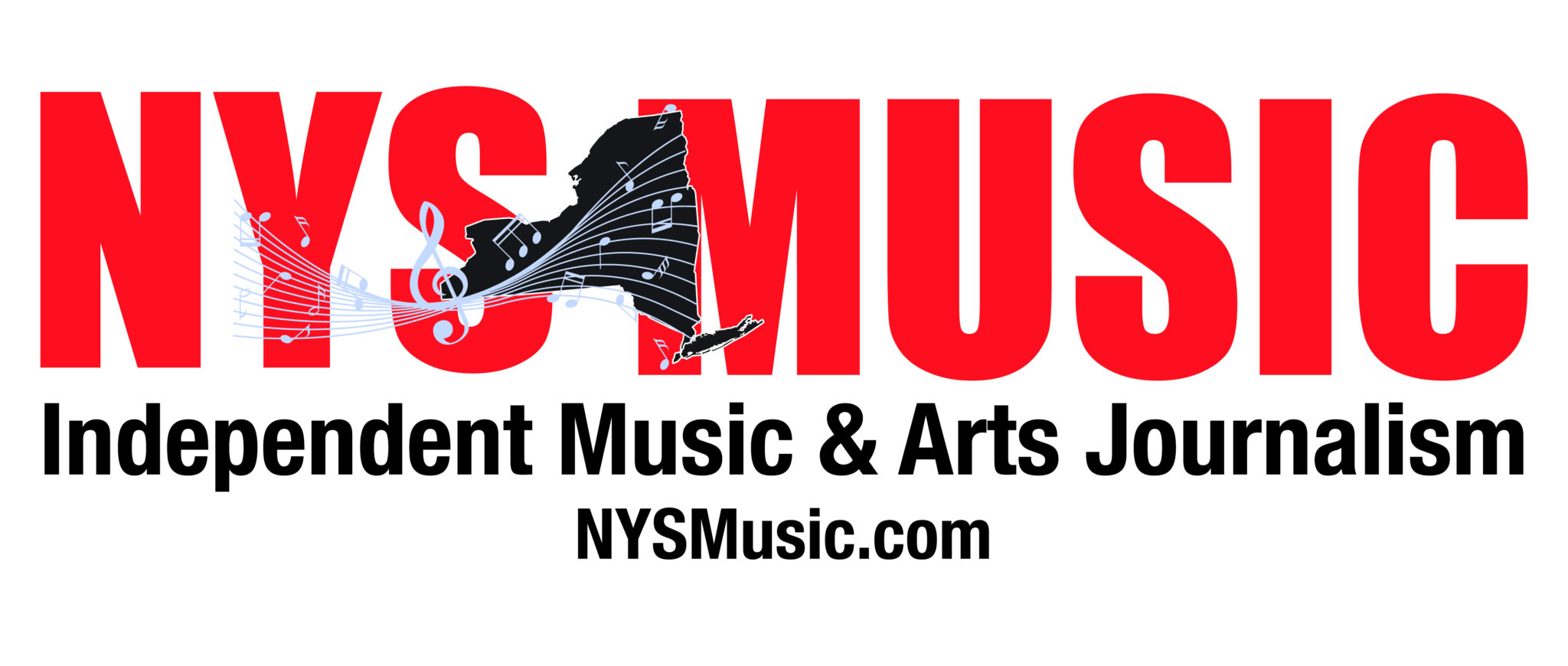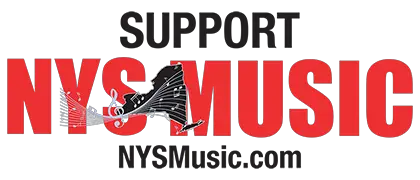It’s a cold January night in Sunnyside, Queens. The year is 1973. You stumble across a graffiti-covered Irish bar, plastered with peeling band posters. The building simply reads “Coventry.”
You hear loud rock music emanating from inside. Curiously, you enter. Inside a band is performing to a crowd of maybe 10 people, but they don’t seem to mind. They don’t speak. They don’t even acknowledge the audience. But they are undeniably talented and clearly into the music.
Little do you know it, but you just witnessed the first ever show of what would become one of the world’s greatest rock bands: Kiss.

While the name Coventry might not ring a bell among New York City’s most famous rock ‘n’ roll venues, it is the place where Kiss performed for the very first time. But beyond giving one of the most famous rock bands their first chance, the Coventry had a much larger impact on the local scene.
The club was a vital breeding ground for original music in Queens and what many consider the birthplace of glam rock. The venue hosted the Ramones, Blondie, the New York Dolls and many other now famous icons.
Early Beginnings
The Coventry opened in 1972 and was located at 47-03 Queens Boulevard, in the Sunnyside area of Queens.
Originally it was named the Popcorn Pub (and yes free popcorn was one of the perks). Paul Sub was the owner. An Austrian immigrant and Holocaust survivor, the Popcorn Pub was one of many of his entrepreneurial pursuits in his search for the American dream.

Previously, Sub owned a sandwich shop in the Village that attracted folk legends such as Bob Dylan. Originally the Popcorn Pub, like the majority of music venues in the surrounding area, hosted cover bands. They could draw a bigger crowd, but they were also expensive.
Sub pivoted to hosting original music and renamed the club, “Coventry,” after the town in England. The venue was 5,000 square feet and could hold around 700 people. At its peak, Coventry had no less than 5 stages, although it diminished over time. Over 500 bands would perform at Coventry in the following years.

At the time, Max’s and Mercer Arts Center were two more popular and widely known clubs with similar clientele and music. For Coventry, the New York Dolls were a primary driver of income, consistently packing the club.
Joey Ramone often played at the Coventry, though he went by the name, “Jeff Starship” and played with his first band, Sniper.
Reportedly, Aerosmith wanted to play at the Coventry but Sub didn’t want to pay the $300 to have them, so he turned them down.
The Kiss Origin Story
Before there was Kiss, there was Wicked Lester. And when Gene Simmons cold-called Coventry and pitched his band to Paul Sub, that’s exactly how he advertised it.
Sub in general was pretty lenient with the bands he let play at the club. He recalled that basically if that band didn’t sound like absolutely awful, they could play.
Sometime between the booking and the first show, the band underwent the name change to the now iconic “Kiss.” Funnily enough, the band posters outside Coventry still advertised Wicked Lester on the night of that first show, so Ace wrote the name Kiss with a marker over all the posters.

Gene Simmons, Paul Stanley, Ace Frehley, and Peter Criss made up the band on that first night. Although their signature makeup and outfits were still work in progress, their original songs were tight. On that night they performed, Deuce, Firehouse and Black Diamond, among many other tunes.
In his book “No Regrets,” Ace Frehley wrote. “I could laugh at the absurdity of it all, even as I looked out over the ‘crowd’ and spotted not a single unfamiliar face … A lesser band might have been humiliated to the point of quitting, but we weren’t deterred in the slightest.”

Peter Criss recalled, “Nobody was there. It was a nightmare. We killed ourselves for six people.”
The band was paid $35 for three weeknight shows and played to an audience made up of their girlfriends and roadies.
After a few more shows and a growing crowd, Paul Sub invited Stan Mieses a writer for the New York Daily News to see Kiss perform.
Mieses recalls, “The substance of my review, which ran in The Daily News, was how they looked. I described the band in detail and not so much the sound. They had clearly defined characters, and that’s something I hadn’t seen since The Beatles … I thought these guys had a shot at making it, because, at the very least, the next day people would say, “You should see what I saw!”
The Rise and Fall of Coventry
In 1974, Paul Sub, decided to open a second club, Coventry II, located at 1550 First Avenue in Manhattan. He told the New York Times “We had so many calls from acts that we wanted a showcase in the other club.” This club sat 90 people.
But in that same NYT article titled “the Pop Life,” the paper questioned the sustainability of this venue, citing the surge of club openings around the city at the time. Coventry II opened a week before another famous rock venue, the Bottom Line first opened its doors, as one example.

Over time, the original location decreased its five stages, to three stages and then two before finally closing at the end of the 1970’s, due to increased financial constraints. While highlighting the more niche of genres of glam and shock rock served to further the genre, it didn’t works as a profitable business model in the long term.
Charlie Sub, son of Paul Sub, who grew up working in the club said it simply in an interview with the Sunnyside Post:
“It’s great to have a venue that caters to a certain genre of music, but if not a lot of people are coming to see it, you can’t pay the rent.”
The Memory Remains
Despite its relatively brief period of success and impact on the New York music scene, Coventry continually lives on in the hearts and minds of many.

Back in October of 2024, a new mural was unveiled, dedicated to the iconic venue. The mural, painted by artists Dylon Thomas Burns and Dylan Bauver, is located at Sanger Hall, a cocktail bar and music venue, in close proximity to the venue. The mural echos the graffiti-covered exterior that Coventry once boasted.
At the mural’s unveiling ceremony, the venue was also honored with the historical Queensmark Award by the Queens Historical Society.

The award which typically recognizes historic architecture in the World’s Borough has since been broadened to recognize local Queens places that helped to foster “creativity, community and opportunity.” The award comes in the form of a bronze plaque.

Paul Sub, now 94 and his son Charlie were both in attendance. Charlie performed with his own band, “Charlie Sub & Sound Dogs.”
In addition to the mural and award, Charlie Sub has just released a six-part podcast series titled “Echos of Coventry” which explore the rich history of the club and the people who made it. You can listen to the full episodes below.


Comments are closed.